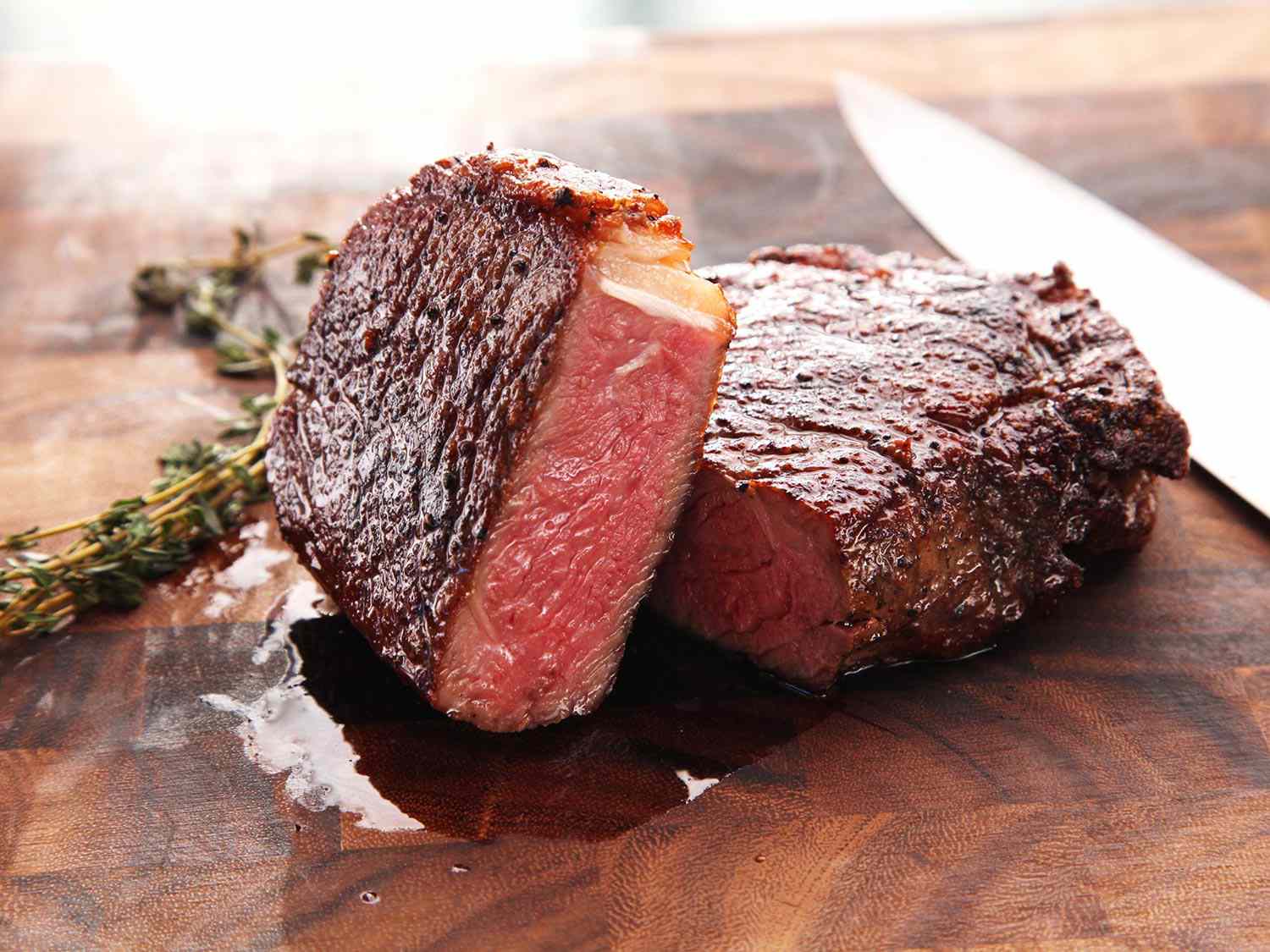Why YSK: When you cook meat, any water on the surface must first evaporate before much browning can occur. You want to get as much of a Maillard reaction as possible in the limited cooking time you have before the meat reaches the correct internal temperature. Removing the moisture first means that the heat of the cooking surface isn’t wasted on evaporation and can instead interact with the meat to form the complex sugars and proteins of the Maillard reaction.



Does this apply to hamburger too?
A good amount of liquid is going to come out of beef regardless. That’s why it’s good to have a smoking hot pan or grate to start with.
Generally no. Ground beef doesn’t have a “surface” the same way a cut off meat does. As meat cooks fibers (can’t remember if it’s the muscle of the protein fibers specifically) contract and squeeze out water. In ground beef the water will be escaping every which way. In a cut of meat more of that water has a better chance of staying within the piece.
No Hamburger is a special kind of beef.
Pretty sure this is sarcasm, but it is not wrong, so also not sure.
Sort of. If you’re doing burgers, you don’t usually need to pat it dry, but you also don’t salt it until just before you put it on the pan/grill. Salt still draws out moisture and changes the protein structure especially in ground beef.
But hamburger is definitely different to beefburger? Right? Does anyone actually make hamburgers any more?
To a degree yes. Moisture in general will limit browning. Fresh ground beef is usually dry enough. Frozen and defrosted ground beefwill have ice/water. Patting it dry with a paper towel takes care of this.
Ground turkey in particular is super wet all the way through so paper towels won’t really be able to get it all. To brown ground turkey, you put a big patty on the grill and don’t break it up, then wait for several minutes. This allows the surface to evaporate the water and then begin browning. If you break it open it will release the water inside the big ball of meat and it’ll take forever to evaporate enough for browning to start. You break it open later on after you’ve browned top and bottom.